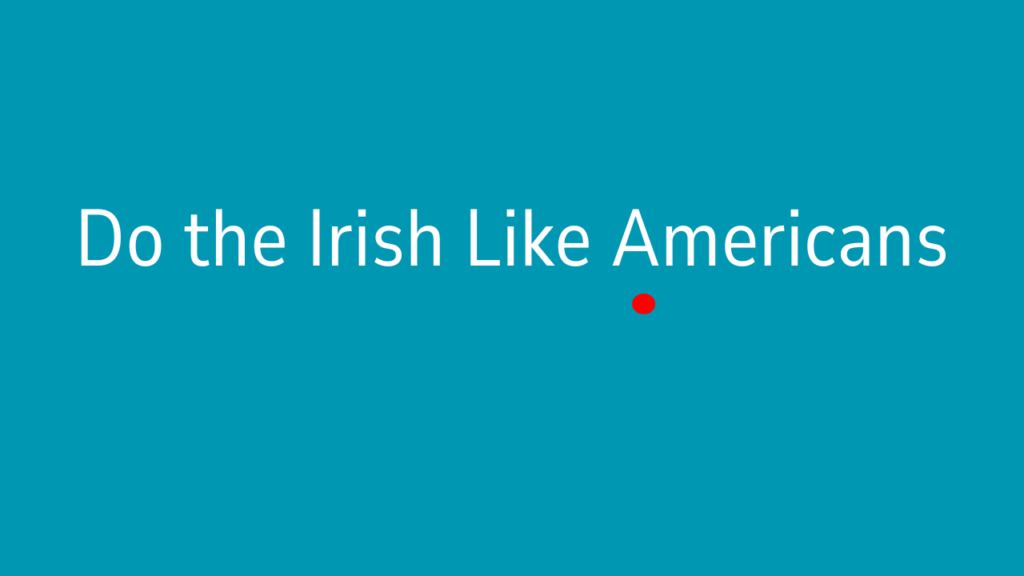The term “Black Irish” is intriguing and often misunderstood. It carries historical, cultural, and mythical significance. Many people wonder who the Black Irish are and where they come from. In this article, we’ll explore the origins, theories, and modern understanding of the Black Irish using simple, clear language.
Who Are the Black Irish?
The term “Black Irish” refers to Irish people with darker physical traits, such as:
- Dark hair (black or deep brown).
- Dark eyes (brown or hazel).
- Pale skin, contrasting with darker features.
This description differs from the common stereotype of Irish people with red hair, light eyes, and freckles. The term isn’t widely used in Ireland itself but is more common among Irish descendants abroad, particularly in the United States.
Where Did the Black Irish Come From?
The origins of the Black Irish are unclear, but several theories try to explain their existence.
1. Spanish Armada Theory
- In 1588, the Spanish Armada, a fleet of ships, was defeated by English forces.
- Some Spanish sailors survived and were shipwrecked on Ireland’s western coast.
- These survivors allegedly married into the local population, passing on their darker hair and eyes.
Fact Check:
- DNA studies show little Spanish influence in the Irish gene pool.
- This theory is more romantic legend than reality.
2. Pre-Celtic Tribes
- Before the Celts arrived, Ireland was home to ancient tribes like the Fir Bolg.
- Some believe these tribes had darker features.
Fact Check:
- Limited archaeological evidence supports this theory.
- It remains speculative.
3. Viking and Norman Invasions
- Vikings (8th–11th centuries) and Normans (12th century) invaded and settled in Ireland.
- These groups introduced genetic diversity, including darker traits.
Fact Check:
- Historical records confirm the presence of these groups in Ireland.
- This theory aligns with the known genetic diversity of the Irish population.
4. Migration and Mixing
- Over centuries, Irish people traveled, settled abroad, and returned to Ireland.
- This migration could have introduced new genetic traits.
Fact Check:
- Migration patterns contribute to the diversity seen in modern Irish populations.
What Does Science Say?
Genetic studies provide a clearer picture of Irish ancestry:
| Feature | Percentage in Ireland |
|---|---|
| Dark Hair | ~40–50% |
| Red Hair | ~10–15% |
| Light Eyes | ~70–80% |
| Dark Eyes | ~20–30% |
Key Findings:
- Dark hair is common across Ireland, especially in the west and south.
- Red hair is rarer than often believed, with only 10–15% of the population having it.
- There is minimal evidence of significant Spanish or Mediterranean DNA in Ireland.
Myths and Misconceptions About the Black Irish
| Myth | Reality |
|---|---|
| Black Irish are descendants of Spaniards | DNA shows limited Spanish influence in Ireland. |
| Dark features are uncommon in Ireland | Dark hair and eyes are widespread. |
| Black Irish refers to African ancestry | The term has no link to African heritage. |
Cultural Significance of the Black Irish
In Ireland
- The term is not widely recognized or used by locals.
- It is considered more of a myth or historical curiosity.
In Irish-American Communities
- Many Irish-Americans use the term to describe darker features or as part of their heritage.
- It serves as a way to celebrate Irish roots and individuality.
Famous Black Irish Traits
Some famous individuals with features often associated with the Black Irish include:
- Colin Farrell: Irish actor known for his dark hair and striking looks.
- Pierce Brosnan: Former James Bond actor with dark features and Irish heritage.
- Liam Neeson: Irish actor with a distinctive appearance that fits the description.
Why Does the Term Persist?
The term “Black Irish” continues to fascinate people due to:
- Romanticized History: Myths like the Spanish Armada create an alluring narrative.
- Cultural Identity: Especially among Irish-Americans, it’s a way to connect with their roots.
- Curiosity: The mystery behind the term keeps it alive in discussions about Irish ancestry.
Modern Interpretation of the Black Irish
In modern times, the Black Irish represents:
- Diversity: A reflection of the wide range of physical traits among Irish people.
- Heritage: A symbol of Irish identity, especially in diaspora communities.
- Mystery: A historical enigma that continues to inspire interest.
FAQs About the Black Irish
1. Are the Black Irish descendants of Spanish sailors?
Not likely. DNA evidence shows little Spanish ancestry in Ireland.
2. Does Black Irish mean African-Irish?
No. The term refers to Irish people with darker features, not African heritage.
3. Why is the term more common in America than Ireland?
Irish-Americans popularized it as a way to describe their heritage and distinguish darker features.
Conclusion
The term “Black Irish” is a blend of myth, history, and identity. While its origins are unclear, it highlights the diversity within Irish heritage. Whether through legends of the Spanish Armada or the genetic influence of ancient tribes, the Black Irish remain a fascinating topic that celebrates the unique and rich history of Ireland.
By understanding the myths and facts surrounding the term, we can better appreciate the true complexity of Irish identity and the beauty of its people’s diversity.

Hi, I’m Tanvir, the founder and author of Explore Ireland Now. With a deep love for Ireland and its rich culture, history, and landscapes, I created this site to share everything that makes this beautiful country worth exploring. Whether you’re a local looking for hidden gems or a traveler planning your next adventure, I provide insightful guides, tips, and recommendations to help you experience Ireland to the fullest.
From stunning landscapes to vibrant cities and quaint villages, Ireland is full of wonders waiting to be discovered. Through my personal experiences and research, I aim to bring you the most up-to-date information and inspiration for your journey.
Thank you for visiting Explore Ireland Now—I hope my content helps you uncover all that this incredible country has to offer! If you have any questions or need travel advice, feel free to reach out.



